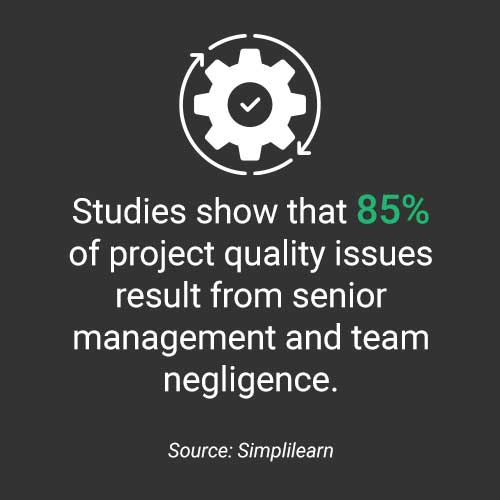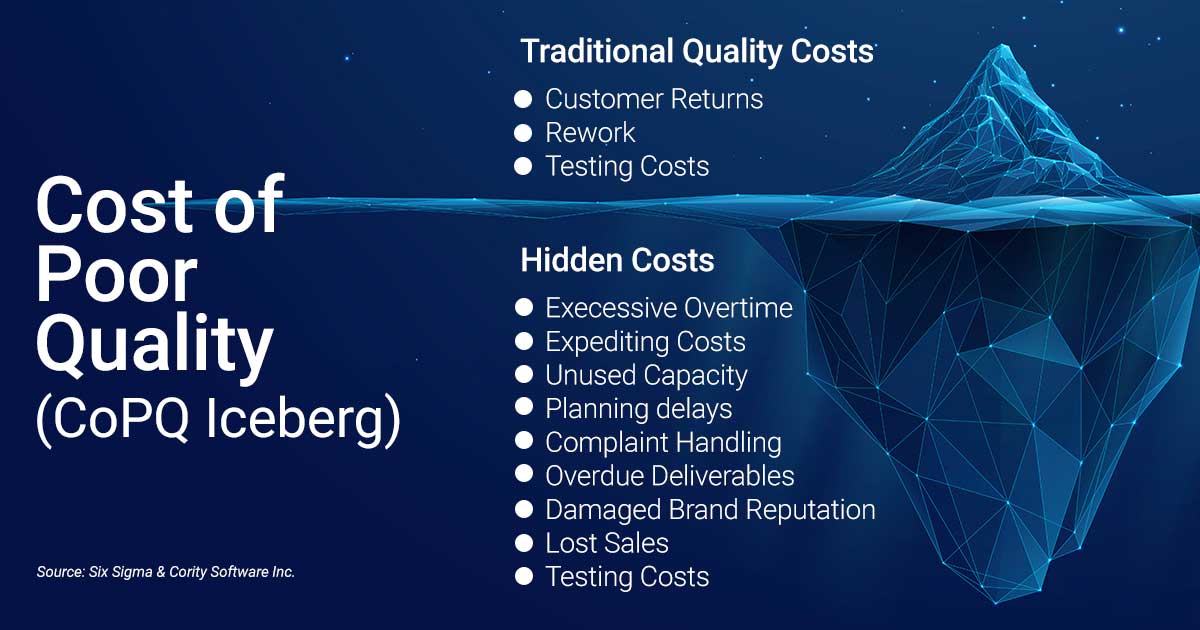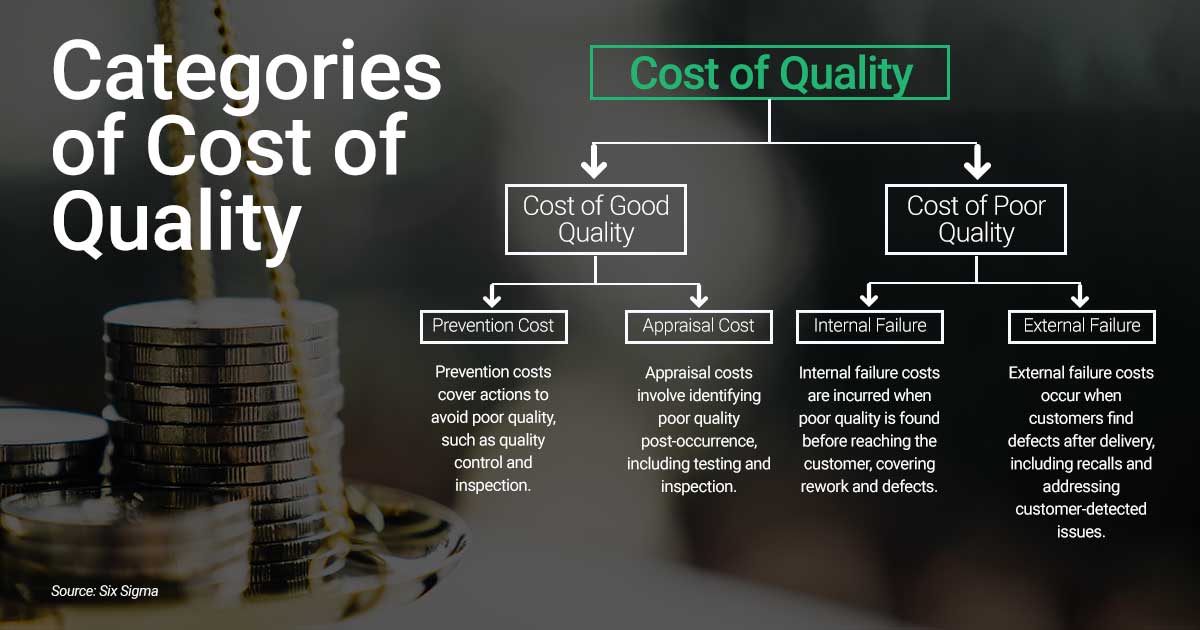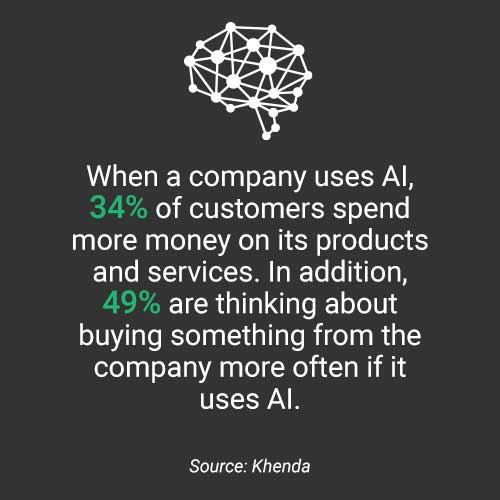
Project leaders and stakeholders are familiar with the triple constraint: time, cost, and scope must be managed to ensure a project's success. Yet, there's a fourth, often overlooked constraint: quality. The cost of poor quality (CoPQ) can undermine even the most well-intentioned projects. Usually, there's a relentless drive to cut costs and meet deadlines. Conversely, there's the undeniable need for high-quality deliverables that meet or exceed stakeholder expectations.
Studies from various sources indicate that the cost of poor quality can be as high as 20% of total revenue. In other words, a company generating $100 million in revenue could waste $20 million addressing quality issues. Failing to maintain quality significantly impacts project stakeholders, team members, and customers.
Identifying potential issues early is crucial for minimizing costs, conserving operational resources, and protecting brand reputation. So, how do you achieve that? Implementing artificial intelligence-driven solutions for managing project portfolios is one of the most effective ways to guarantee project quality and reduce associated costs.
Let's explore the cost of poor quality and how AI-driven predictive analytics solutions can help project leaders overcome the complex landscape of managing project portfolios while delivering higher-quality projects and enhancing accuracy.
So, keep reading to explore it all.
Understanding the Cost of Poor Quality of Projects
 The cost of poor-quality projects encompasses the expenses incurred from producing imperfect deliverables. Direct costs, such as additional utilization of resources, rework, and recall costs, are easily identifiable. However, indirect costs also significantly impact a company's profitability and include:
The cost of poor-quality projects encompasses the expenses incurred from producing imperfect deliverables. Direct costs, such as additional utilization of resources, rework, and recall costs, are easily identifiable. However, indirect costs also significantly impact a company's profitability and include:
- Excessive overtime
- Loss on returns on investments
- Lost sales
- Compliance failures
- Increased audits
- Brand reputation damage
Conversely, the cost of quality is most favorable when project issues are detected earlier. This highlights the necessity of mitigating non-conformance as early as possible. It is crucial in resolving quality concerns and is vital for an organization’s quality management success. Without the ability to analyze accurate historical data to identify root causes, quality management professionals struggle to pinpoint and address issues before products advance through the value chain.
Unfortunately, many companies face limitations with their current IT infrastructure and software solutions, leading to suboptimal real-world situations. Research by the Aberdeen Group indicates that numerous organizations still struggle to measure quality metrics effectively.
This finding may seem contradictory, considering your organization has invested significantly in new technology and IT architecture to handle this issue in recent years. However, your organization’s cost of quality metrics is directly tied to your IT team’s ability to provide timely and accurate data to the appropriate project stakeholders before proceeding to delivery and ultimately reaching consumers.
Why is Determining the Cost of Poor Quality Critical?
Project and business leaders often consider quality an "optional extra," but understanding the cost of poor quality goes beyond simply identifying defects. Here's why COPQ is a powerful tool for any organization:
Profitability Impact: CoPQ quantifies the financial drain of poor quality, revealing its direct impact on a company's bottom line. This data speaks volumes to management, making the case for quality investments clear and undeniable for your project portfolio.
Prioritizing Improvement: Measuring the cost of poor quality helps you identify the areas that matter most. By analyzing different cost categories, you can pinpoint where project resources are wasted due to poor quality. This data-driven approach allows you to strategically prioritize improvement actions, focusing on the areas that will yield the most significant financial gains.

Optimizing Resources: Assessing the cost of poor quality in project portfolios exposes inefficiencies within the project execution process. This aids businesses in identifying opportunities to streamline workflows and eliminate unnecessary resource consumption by pinpointing areas with high costs due to poor quality.
Tracking COPQ over time allows businesses to measure the effectiveness of their quality improvement initiatives. This data-driven approach fosters a culture of constant improvement, where quality remains a top priority throughout the organization.
The Domino Effect of Poor-Quality Projects
Failing to prioritize quality sets off a chain reaction that can cripple a business. Here's a glimpse into the potential consequences:
- Delivery Delays: When quality falls short, products or deliverables often require rework, pushing back deadlines. This can result in penalties from clients and damage your reputation for reliability.
- Cost Escalation: Reworking defective products or addressing customer complaints significantly increases project costs. This unexpected burden strains budgets and erodes profitability.
- Lack of Trust: Delivering subpar products or services jeopardizes customer trust. Your brand image suffers, and clients may hesitate to work with you again, hindering future opportunities.
- Competitive Advantage Lost: In today's competitive landscape, companies with a reputation for poor quality become easy targets. Savvy competitors will capitalize on your shortcomings, swaying customers with promises of superior quality.
Ultimately, the cost of poor-quality projects leads to a ripple effect of dissatisfied customers, hampered performance, and financial strain. It's a domino effect that can threaten the very foundation of your business.

Addressing the Root Cause
The high cost of poor-quality projects often stems from inefficiencies in the execution process. Poorly defined project plans, inadequate training, or a lack of quality control measures can all contribute to the problem. Determining the cost of poor-quality projects and addressing the issues bridges the gap between quality metrics and organizational goals, enabling senior leadership to understand the financial impact of quality decisions clearly. Fortunately, there are strategies to achieve this. How, you ask?
Leveraging AI-powered predictive analytics solutions, you, as project leaders, gain a significant competitive edge. You can consistently deliver high-quality projects at lower costs compared to traditional methods. AI empowers you to streamline processes, minimize waste, and reduce the cost of poor quality.
 AI: The Key to Reducing Cost of Poor Quality
AI: The Key to Reducing Cost of Poor Quality
AI offers a transformative approach to reducing the cost of poor-quality projects. Here's how:
- Reduced Costs: AI can streamline processes, minimize rework, and optimize resource allocation, leading to significant cost savings.
- Enhanced Efficiency: AI automates tedious tasks, improves decision-making, and optimizes production processes, boosting overall efficiency.
- Improved Quality: AI-powered tools like machine vision can accurately detect potential threats, ensuring consistent project quality.
Investing in the Future: Why AI is Essential
Companies that fail to embrace AI risk falling behind. AI solutions deliver a high return on investment (ROI) by enabling organizations to:
- Gain a significant edge by optimizing costs, enhancing efficiency, and ensuring exceptional quality.
- Equip themselves with the data-driven insights needed to thrive in the ever-evolving business landscape.
- Deliver a high return on investment by minimizing waste, optimizing resource allocation, and driving profitability.
By leveraging AI-powered solutions, you better understand project quality, stakeholder needs and expectations, and execution processes. This comprehensive data empowers you to make informed decisions, optimize operations, and achieve lasting success.
What’s Next?
The cost of poor-quality projects can undermine the foundation of your business, eroding profitability, trust, and competitive edge. As project leaders, it is imperative to recognize the profound impact of quality on your project's success and your organization's reputation. Embracing AI-driven predictive analytics is no longer a choice but a necessity. These cutting-edge solutions streamline processes, optimize resources, and ensure the delivery of high-quality projects that exceed stakeholder expectations. Investing in AI equips your organization with the solutions needed to thrive in an increasingly competitive market, safeguarding your brand, boosting profitability, and securing a sustainable future.
If you are looking for one such AI-powered central project management powerhouse, look no further than TrueProject. TrueProject, a predictive intelligence solution for improving project health and performance, enhances and extends the capabilities of your existing task management systems and provides you with advanced warnings about project issues or even pending failures. It offers immediate, crucial project details with a simple button click, ensuring that your entire project portfolio meets the quality requirements.
Don't let the hidden costs of poor quality drag your projects down—take proactive steps today to transform your operations and achieve unparalleled excellence.
 About the Author:
About the Author:
Nivedita Gopalakrishna is a content marketing specialist within the TrueProject Marketing team with extensive experience in blog writing and website content creation across diverse industries. Nivedita’s proficiency in crafting engaging blog posts and informative website content is a testament to her years of experience. Beyond her prowess in written communication, Nivedita has a knack for creating visually appealing static graphics that have played a pivotal role in expanding TrueProject's marketing efforts. Through thoughtful design choices, she has helped convey the brand's essence and captivate audiences effectively. Outside the professional sphere, Nivedita is a trained classical singer and a fitness enthusiast, embodying creativity and wellness in and out of the office.
Endnotes:
- “What is the Cost of Poor Quality?” Cority Software Inc. December 3, 2021. https://www.cority.com/blog/cost-of-poor-quality/#:~:text=The%20Cost%20of%20Poor%20Quality%20(COPQ)%20refers%20to%20the%20costs,disposal%2C%20material%20and%20recall%20costs.
- Verma, Eshna. “Cost of Poor Quality: Definition, Types, Benefits, and Examples.” Simplilearn. October 6, 2023. https://www.simplilearn.com/cost-of-poor-quality-article
- “What Is Cost of Poor Quality (COPQ)?” SSDSI Blog. (n.d.). https://sixsigmadsi.com/copq-what-does-it-mean/
- “Cost of Quality PMP.” Project Management Academy. (n.d.). https://projectmanagementacademy.net/resources/blog/cost-of-quality-pmp/
- Hessing, Ted. Cost of Poor Quality (COPQ). Six Sigma. (n.d.). https://sixsigmastudyguide.com/cost-of-poor-quality/
- Pradip, “Impact of Poor Quality on Your Project.” Simplilearn. April 17, 2017. https://www.simplilearn.com/poor-quality-impact-on-your-project-article
- Nandini. “Cost of Poor Quality - A Detailed Guide.”December 8, 2023. https://www.sprintzeal.com/blog/cost-of-poor-quality
- “Reducing the Cost of Quality by Deploying AI in the Manufacturing Process.” Khenda. November 15, 2023. https://www.khenda.com/post/reducing-cost-of-quality-deploying-ai-in-manufacturing-process





